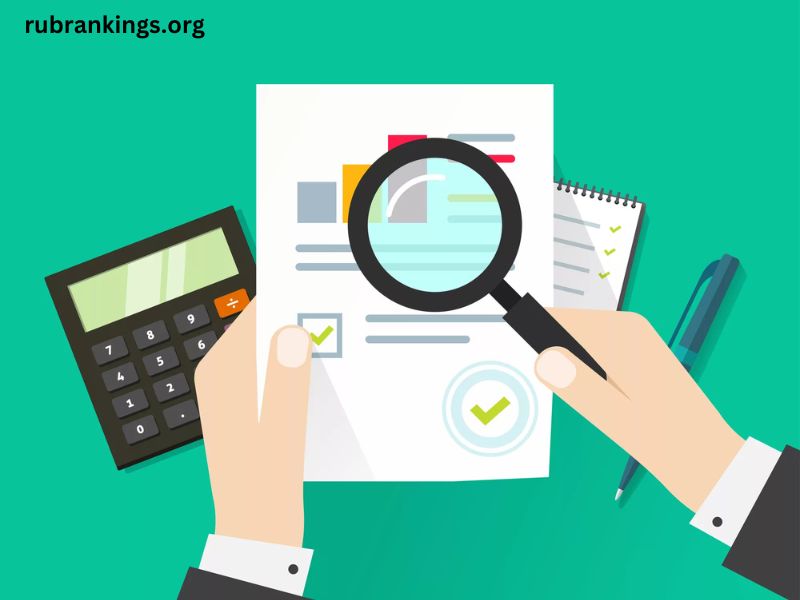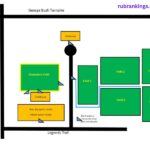Google Ads Advncaced has become a cornerstone for businesses seeking to advertise their products and services online. With millions of advertisers competing for attention, the need for trust and authenticity in digital advertising has never been greater. To address these concerns, Google has implemented the Advanced Verification Application, a robust verification process designed to enhance the credibility of advertisers. This article delves into the specifics of the Advanced Verification Application, its benefits, the application process, and best practices for successful verification.
What is Google Ads Advanced Verification?
The Google Ads Advanced Verification Application is a program aimed at verifying the identity and legitimacy of advertisers within certain high-risk industries. These industries may include but are not limited to:
- Financial Services: Loans, credit cards, investment advice, etc.
- Healthcare: Pharmaceuticals, medical devices, health supplements, etc.
- Legal Services: Lawyers, legal advice, etc.
- Online Gambling: Betting websites, online casinos, etc.
- Real Estate: Property listings and rental services.
The verification process helps ensure that the advertisers in these sectors are compliant with local regulations and Google’s advertising policies. By verifying these advertisers, Google aims to protect users from misleading or harmful content.
Benefits of Advanced Verification
1. Enhanced Credibility
One of the primary benefits of completing the Advanced Verification process is the credibility it brings to your advertising campaigns. Verified advertisers are often seen as more trustworthy, leading to increased click-through rates (CTR) and higher conversion rates.
2. Competitive Advantage
In crowded markets, having the Advanced Verification badge can set your ads apart from competitors. This visible sign of legitimacy can attract more users who are concerned about fraud or misinformation.
3. Compliance with Regulations
For industries like finance and healthcare, regulatory compliance is critical. The Advanced Verification process ensures that advertisers meet the necessary legal requirements, thereby reducing the risk of penalties or legal issues.
4. Better User Experience
Google’s focus on user safety and satisfaction means that verified advertisers contribute to a better overall experience for users. By reducing the prevalence of misleading or harmful ads, Google enhances the quality of its advertising ecosystem.
5. Access to Additional Features
Once verified, advertisers may gain access to advanced advertising features and tools that can further enhance their marketing strategies. This can include specialized targeting options and insights into audience behavior.
The Application Process
The Advanced Verification process involves several steps, each designed to collect necessary information and ensure compliance. Here’s a breakdown of the application process:
Step 1: Determine Eligibility
Before applying, it’s essential to determine if your business falls into one of the high-risk categories that require verification. If your business does not belong to these sectors, you may not need to undergo the Advanced Verification process.
Step 2: Create a Google Ads Account
If you don’t already have a Google Ads account, you’ll need to create one. This account will serve as your primary platform for managing your advertising campaigns.
Step 3: Start the Verification Process
Once your account is set up, you can begin the verification process. Navigate to the “Verification” section in your Google Ads account and select the option to apply for Advanced Verification.
Step 4: Submit Required Documentation
Google will require various documents to verify your identity and business legitimacy. Common documents include:
- Business Registration Documents: Proof of your business’s legal existence.
- Identification: Personal identification for key stakeholders.
- Compliance Documentation: Any necessary licenses or certifications that pertain to your industry.
- Financial Documents: Depending on the industry, financial statements or bank details may be required.
Step 5: Await Review
After submitting your application, Google will review the provided documentation. This process can take several days or even weeks, depending on the complexity of your application and the current volume of requests.
Step 6: Receive Feedback
Once the review is complete, you’ll receive feedback from Google regarding the status of your application. If approved, you’ll gain the verification badge. If your application is denied, Google will provide reasons for the denial and guidance on how to rectify any issues.
Step 7: Maintain Compliance
After receiving verification, it’s crucial to maintain compliance with Google’s policies. Regular audits may be conducted, and any changes in your business structure or offerings should be reported to Google to ensure ongoing compliance.
Best Practices for Successful Verification
To increase your chances of successfully obtaining Advanced Verification, consider the following best practices:
1. Keep Documentation Organized
Prepare all necessary documentation ahead of time. Ensure that your business registration, identification, and compliance documents are up to date and easily accessible.
2. Be Transparent
Transparency is key in the verification process. Provide complete and honest information about your business, including any affiliations, partnerships, or other relevant details.
3. Understand Industry Regulations
Familiarize yourself with the regulations specific to your industry. This knowledge can help you prepare the necessary documentation and demonstrate compliance effectively.
4. Regularly Review Google Policies
Google’s advertising policies can change frequently. Regularly review these policies to ensure your business remains compliant and avoids any potential issues that could affect your verification status.
5. Stay Informed About Updates
Google often updates its verification process and requirements. Stay informed about these changes to ensure your application is in line with current expectations.
Challenges and Considerations
While the Advanced Verification Application offers numerous benefits, there can be challenges involved in the process:
1. Lengthy Review Times
Depending on the volume of applications, the review process can be lengthy. Patience is key, but staying proactive in communication can help if delays occur.
2. Documentation Requirements
The requirement for extensive documentation can be daunting, especially for smaller businesses. Ensuring all documents are accurate and properly formatted is crucial.
3. Potential for Denial
Even with the best preparations, there is always the possibility of denial. Understanding the reasons for a denial can help in addressing any issues and reapplying successfully.
Conclusion
The Google Ads Advanced Verification Application is a vital tool for enhancing trust and authenticity in digital advertising, especially within high-risk industries. By completing this verification process, businesses not only elevate their credibility but also gain access to valuable advertising opportunities while ensuring compliance with regulations.
For advertisers looking to establish themselves in competitive markets, the benefits of the Advanced Verification process far outweigh the challenges. With proper preparation, transparency, and adherence to Google’s guidelines, businesses can navigate the verification process successfully and enjoy the advantages that come with being a verified advertiser. As the digital advertising landscape continues to evolve, programs like Google Ads Advanced Verification will play an essential role in fostering a safer and more trustworthy advertising environment for businesses and consumers alike.



